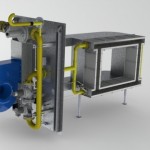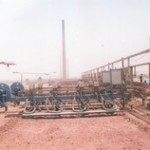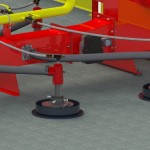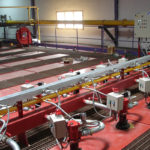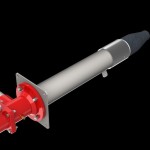Chemical composition
The main component of natural gas is methane (CH4), the smallest and lightest among the molecules of hydrocarbons.
It also normally contains heavier gaseous hydrocarbons such as ethane (CH3CH3), propane (CH3CH2CH3) and butane (CH3CH2CH2CH3), and, in small quantities, pentane.
A small percentage of gases different from hydrocarbons are always present, such as carbon dioxide (CO2), nitrogen, oxygen (traces), noble gases and hydrogen sulfide (H2S).
The hydrogen sulfide and mercury (Hg) are considered the most harmful contaminants, which must be removed before any use.
Energy power
The combustion of one cubic meter of commercial type of natural gas generally produces about 38 MJ (10.6 kWh).
More precisely, we have:
- Higher heating value: 13,284 kcal / kg or 9530 kcal/Nm³
- Lower heating value: 11 946 kcal / kg or 8570 kcal/Nm³
These values are only indicative and vary according to the distributor, in function of the chemical composition of the natural gas to customers[1] which can vary during the year even with the same distributor.
The gas burners / feeders in various versions, mono, dual fuel, pulse, can function with preheated combustion air from 150 °C to 500 °C.
The various models of the series implement the “flameless” combustion for the ULTRA LOW performances (NOx<100mg/Nm3 – Tair=500°C @1200°C).
-
-
-
TURBOGAS MODULA FEEDER
-
-
-

